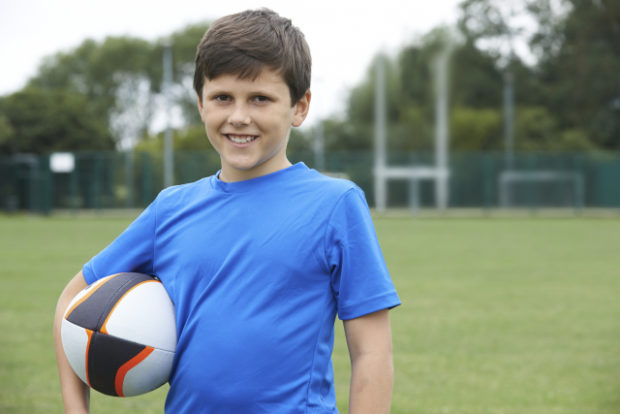
The goal of the study which involved over 300 trans kids was to compare the gender development of trans- and cisgender children. Image: Highwaystarz-Photography/Istock.com
Transgender kids feel as much like girls or boys as their non-transgender counterparts, according to a major study of U.S. children that allowed observers to see how the young people conformed to social gender norms.
The authors of the study, researchers from the University of Washington who published their findings Monday in the scientific journal PNAS, recruited 317 trans children aged from three to 12 whom they compared to their brothers and sisters, as well as to 316 cisgender children, meaning those whose gender identity matches the sex they were assigned at birth.
The goal of the study was to compare the gender development of trans- and cisgender children to see if the children who had transitioned to another gender differed from those who had lived their whole lives identifying either as a girl or boy.
The transition process for children typically involves a change of pronoun, and often of clothing, haircut and name.
The researchers studied the toys the children preferred, who were their principal playmates and if their clothes were more feminine or masculine.
They observed a strong consistency among the kids.
“People have questioned whether these kids are pretending or whether, you know, it’s a phase,” Selin Gulgoz, the first author of the study, told AFP.
In reality, she said, “not only do transgender kids show identity and gender type preferences consistent with their current gender identity, they showed (it) to the same extent as cisgender kids do.”
In other words, a trans boy of 10, who might have spent nine years of his life being treated as a girl because of his sex at birth, generally behaves like any other 10-year-old boy, the researchers said, judging by his choice of friends and toys.
A slight difference was observed in the choice of clothes — trans children tended to be more willing to conform to stereotypically masculine or feminine clothing than their cisgender counterparts.
The report showed that the time elapsed since the transition from one gender to another had little impact: the children quickly adopted masculine or female social norms.
“Once children identify themselves as a girl or a boy (regardless of what their assigned sex is), they might look for ways in which people around them fulfill these roles and then try to be like them,” the report said.
The project aims to follow the children’s development over a number of years, until they reach early adulthood.
One limitation of the project was that the participating families tended to be from more privileged and progressive backgrounds. NVG
RELATED STORIES:
Jhen’s story: When fatherhood transcends gender
Drag queens called in by school to address bullying of LGBT kids